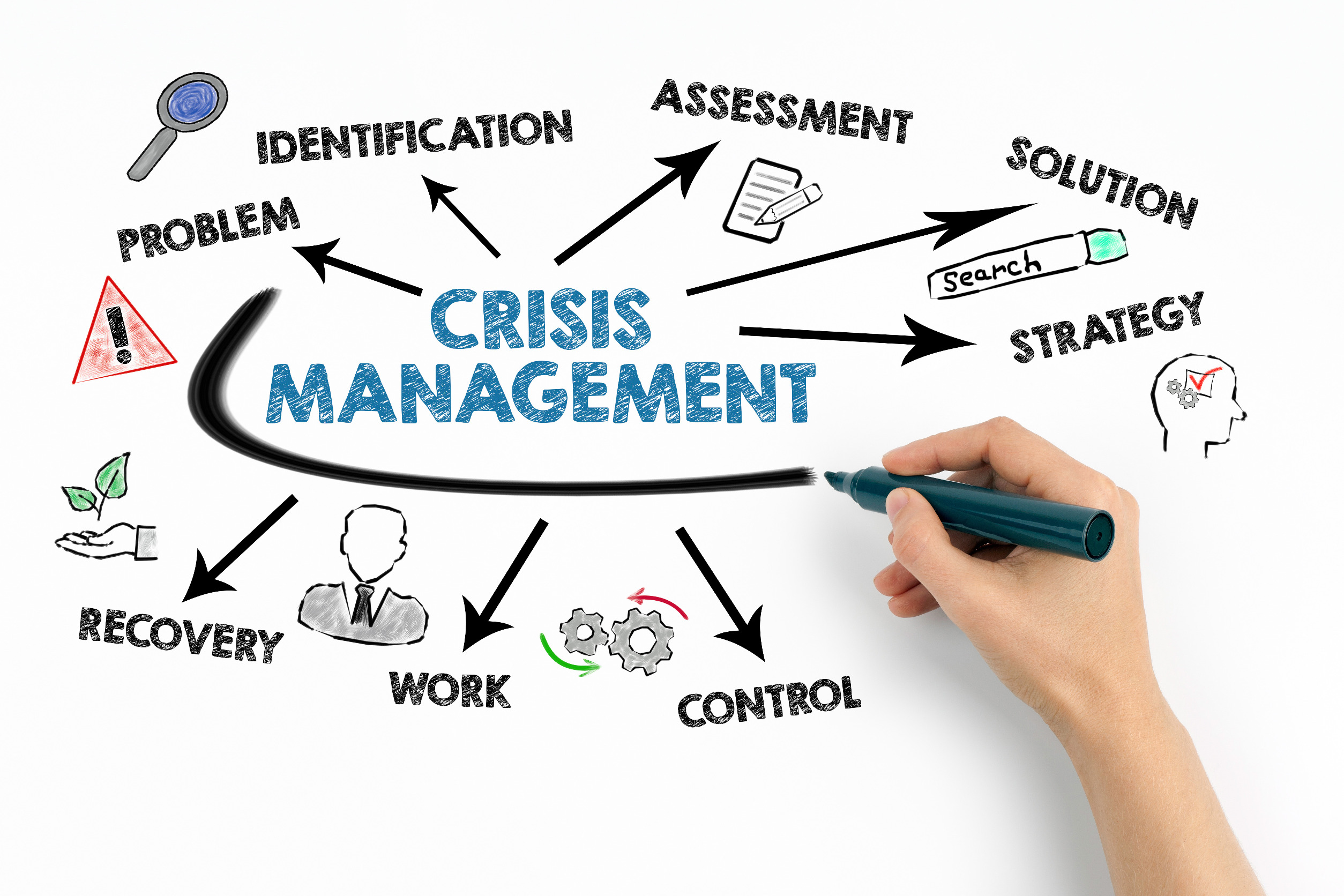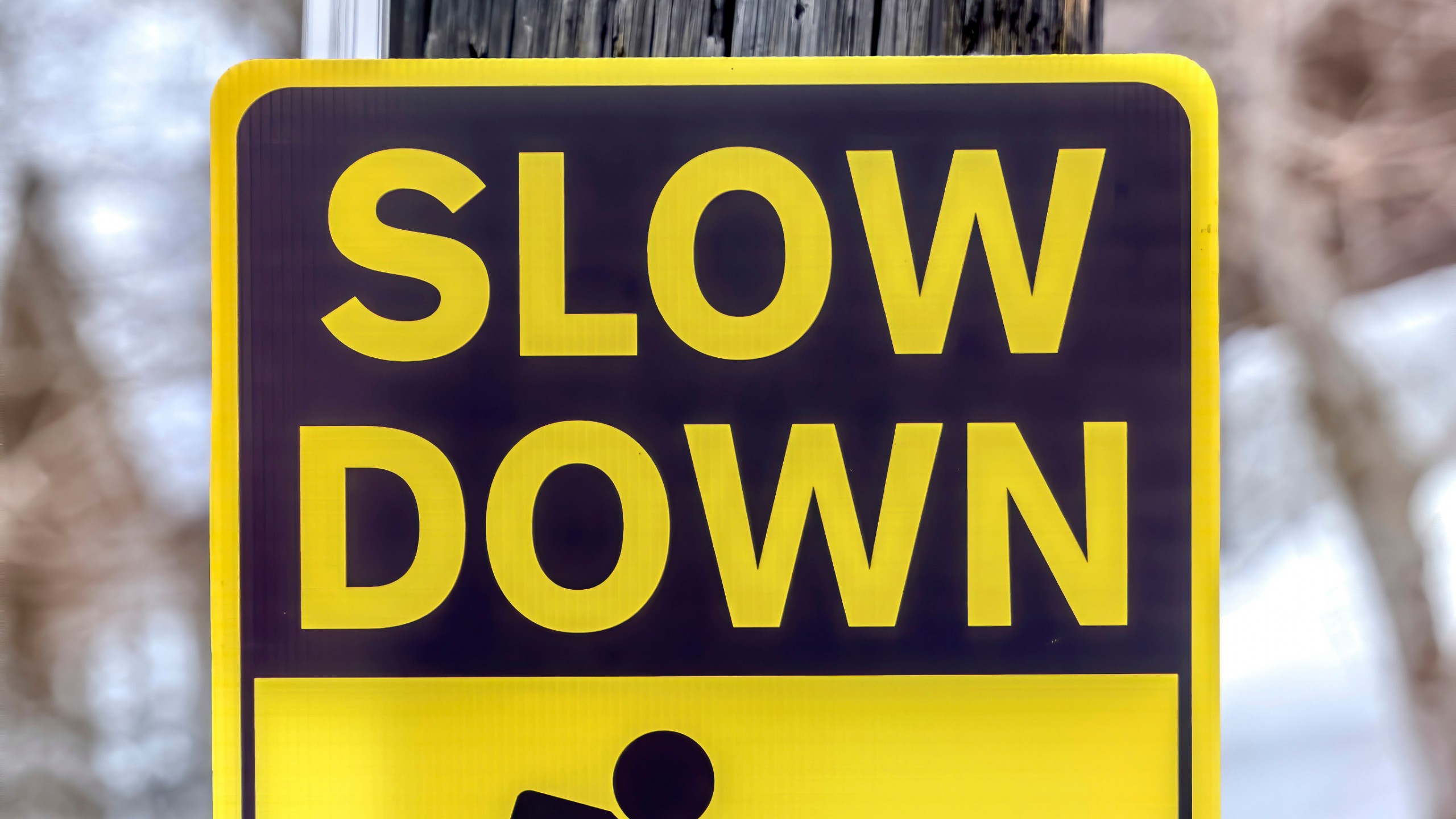How many items are on your “To Do” list? How many of these lists do you keep? It may be time to tear them up, or delete the digital versions. According to Fast Company author Aytekin Tank, your “To Do” lists are most likely hurting your productivity. In “Scheduling Your Priorities (and Not Your Time) Will Supercharge Your Productivity,” he lays out his case for rethinking how you approach deciding what you are doing next. “To-do lists can be a misguided productivity tool. From the moment we have daily swim practice or a history paper due, we learn that time management means prioritizing what’s on our schedule. However, as the late Stephen Covey said, we need to schedule our priorities.”
Tank offers three guiding principles for how you approach what used to be on your “To Do” lists.
- “Prioritize what’s important, not what’s urgent.” I’ve known owners of $40M businesses who proudly tell others that they are fighting fires, fixing things that their managers mess up, 14-16 hours a day, 7 days a week. At the same time they bemoan the fact that they are unable to focus on growing their business. We all like to be problem-solvers; it can feel good to be seen as a hero. But the truth is, most of us are not hired to be fire fighters. We are brought in because we have a particular set of skills that others do not, a set of skills that are needed to support the success of important change initiatives. Tank recommends using what is often referred to as the Eisenhower Matrix, a 2×2 grid of “Urgent,” “Not Urgent,” “Important,” and “Not Important.” He encourages prioritizing the Important (Important/Urgent and Important/Not Urgent). My recommendation is to take your prioritization even one level deeper. Give the highest priority to those things that only you can do.
- “Figure out when you work best and utilize that to your advantage.” There are times when you are high energy, and highly productive. And there are times when you are not. Learn your patterns, and protect your best time for your highest priority work. Make this time “sacred,” and block it on your calendar. This is when you can contribute your highest value; ensure that you are able to do so.
- “Personalize your strategy.” Tank references the work of Y Combinator cofounder Paul Graham who divides people between managers (who often work in small blocks of time) and makers (who require significant periods of focused time to be most productive). If you are a manager with maker responsibilities, he suggests blocking off “maker” time on your calendar. He also recommends allowing 15 minutes between meetings. I have long taken that one step further, giving myself 15 minutes in advance of a meeting to ensure that I am prepared to maximize the value of the session; I then allow another 15 minutes after in case we run over, and to re-center myself for my next priority.
To shift from your To Do list(s) to scheduling your priorities, I recommend the following steps.
- What is on the list that doesn’t have to be done at all? This includes those things that are not important. Chuck these things first.
- What is on the list that others can do? If possible, delegate/assign those things to others. Note that they will likely have to start the same process of making room in their priorities.
- What is on the list that only you can do? Give first priority to those that are Important/Urgent and second priority to those that are Important/Not Urgent.
- What is the most important thing you could be doing right now?

























